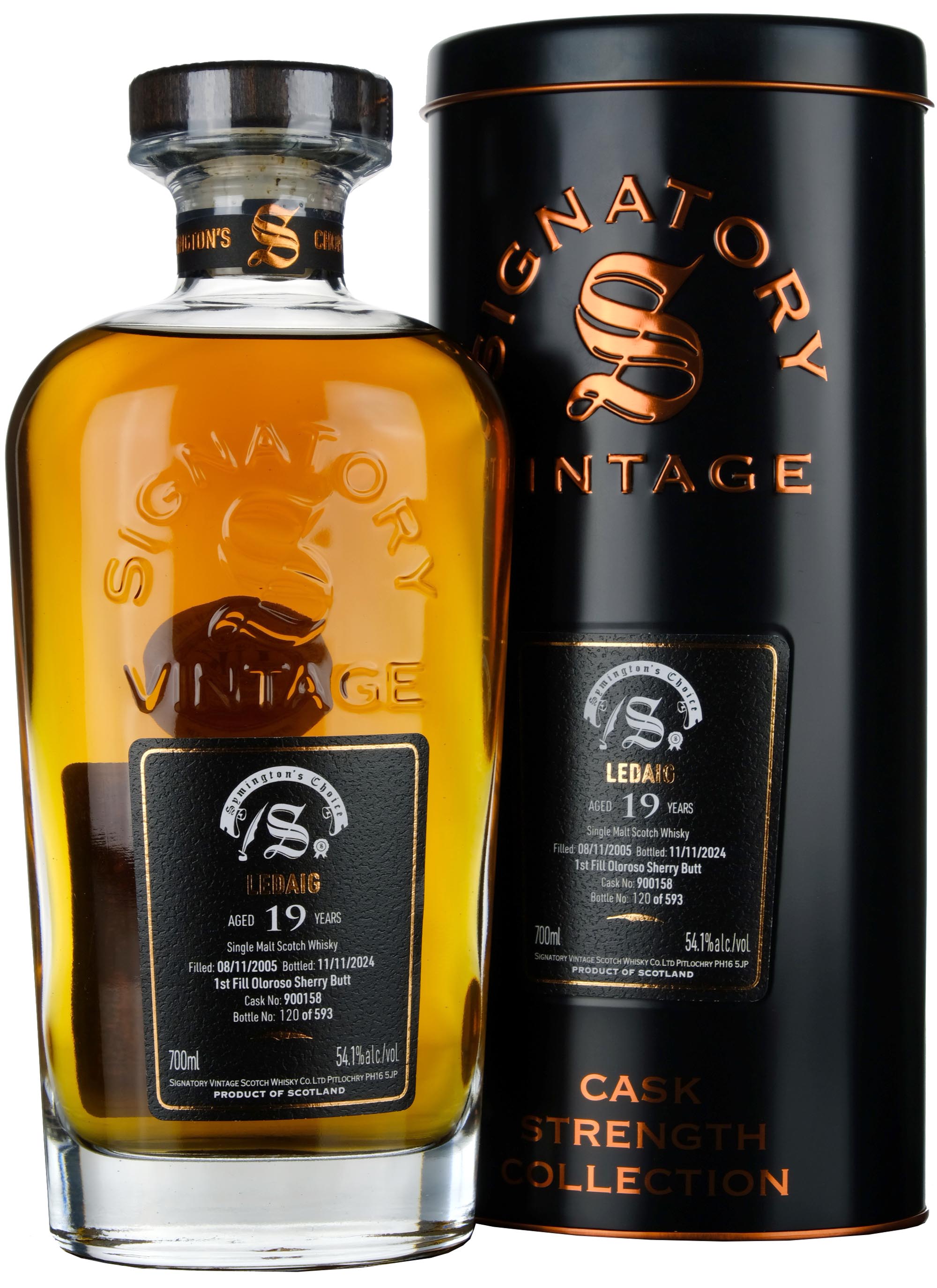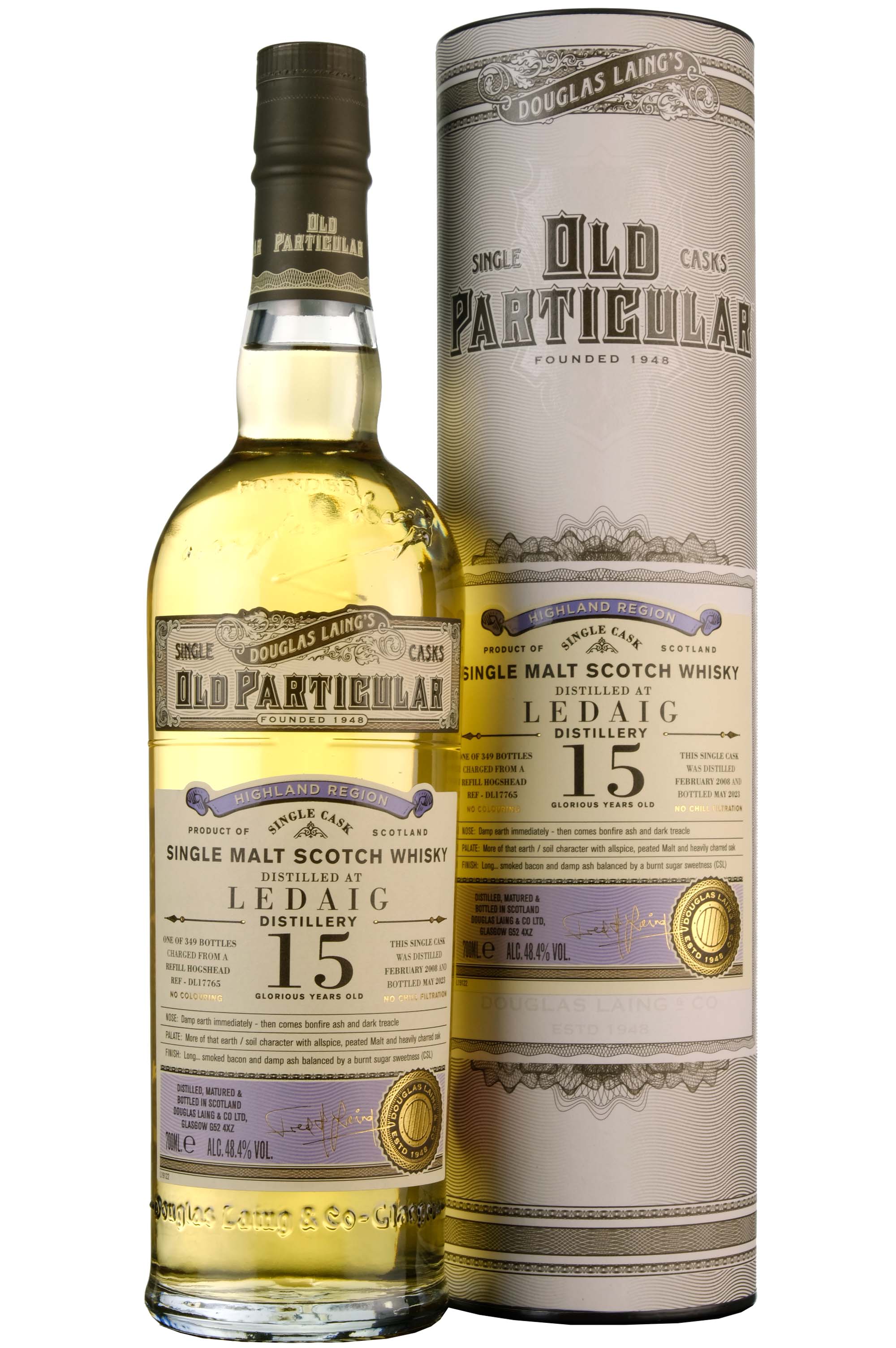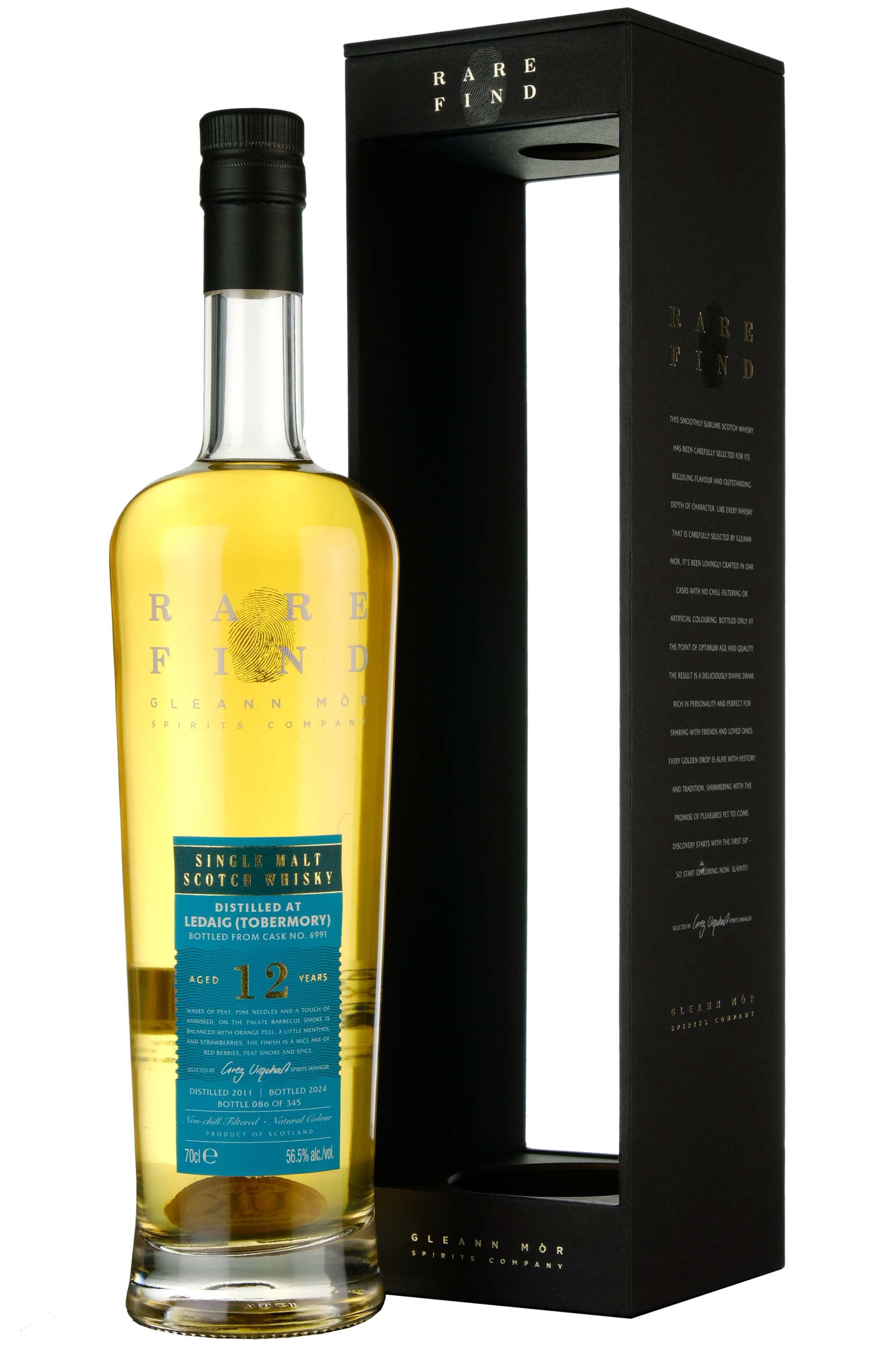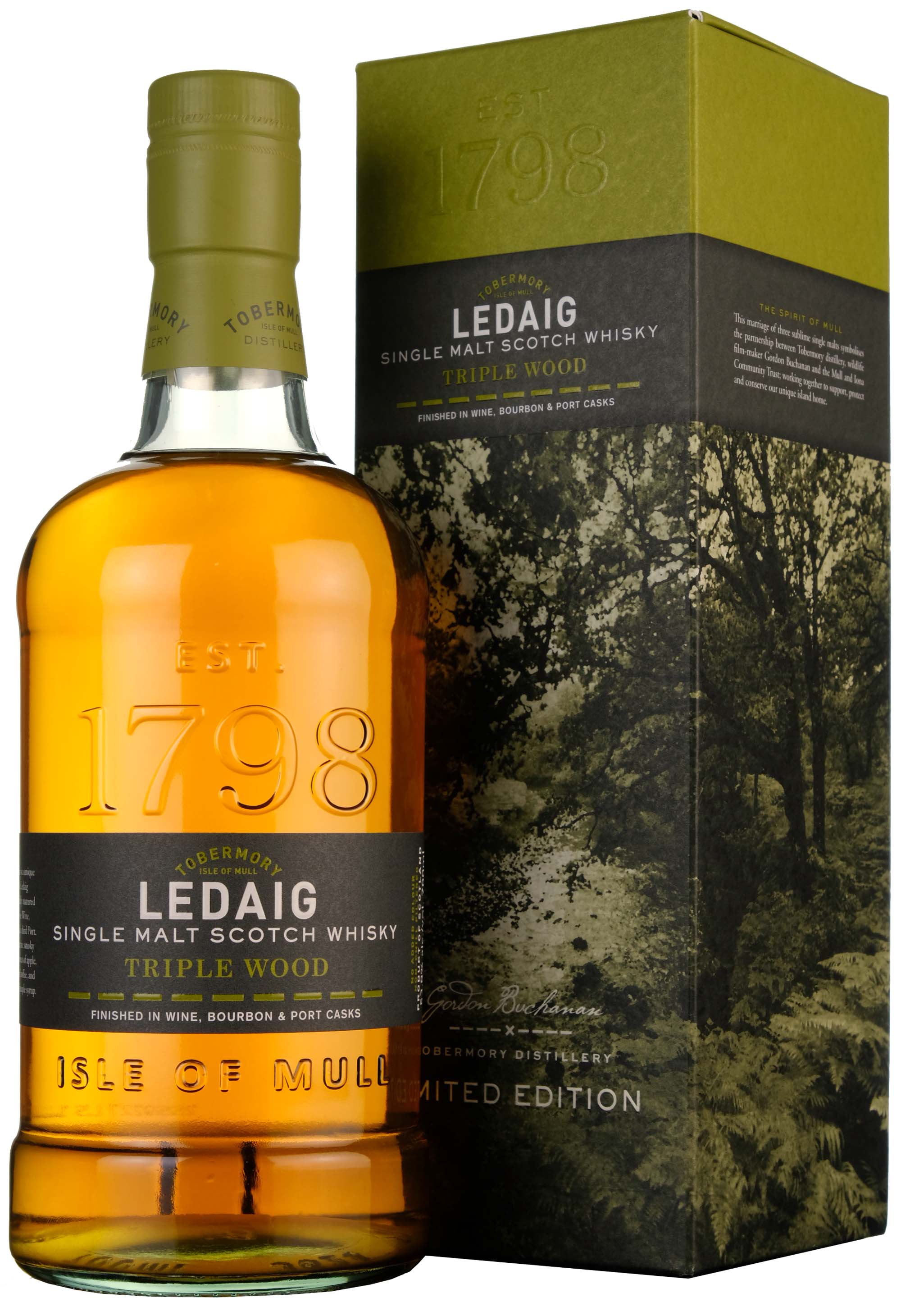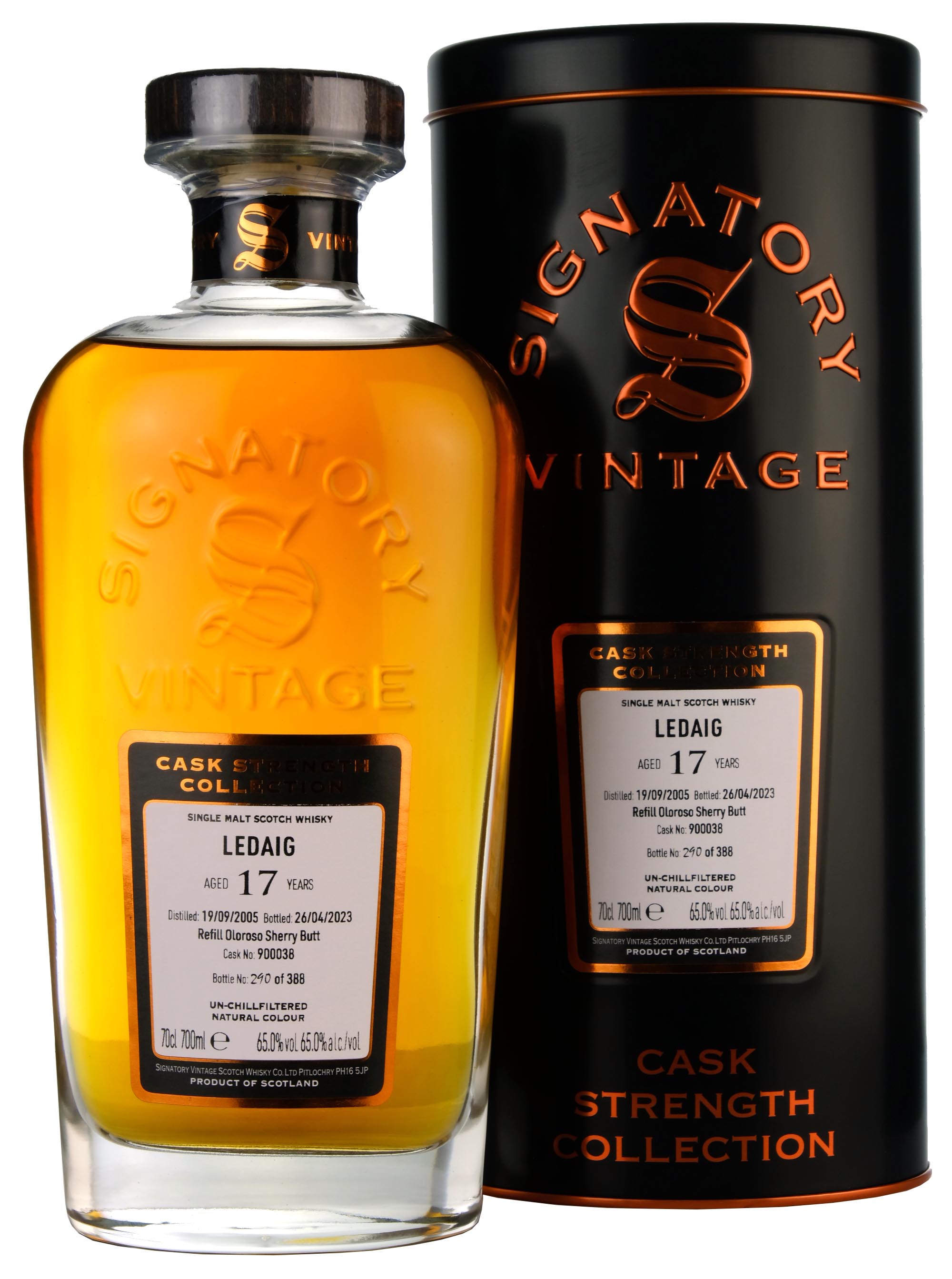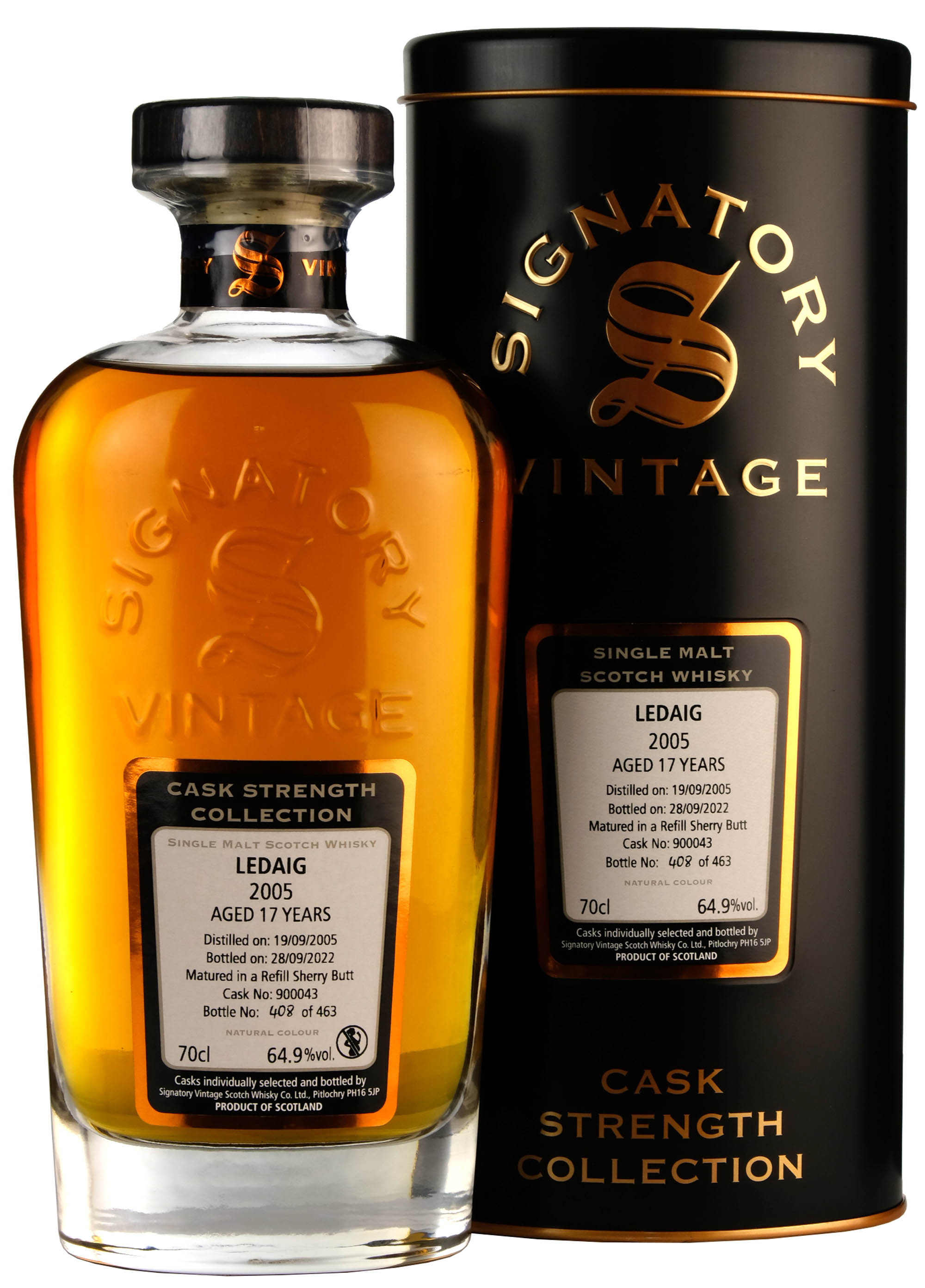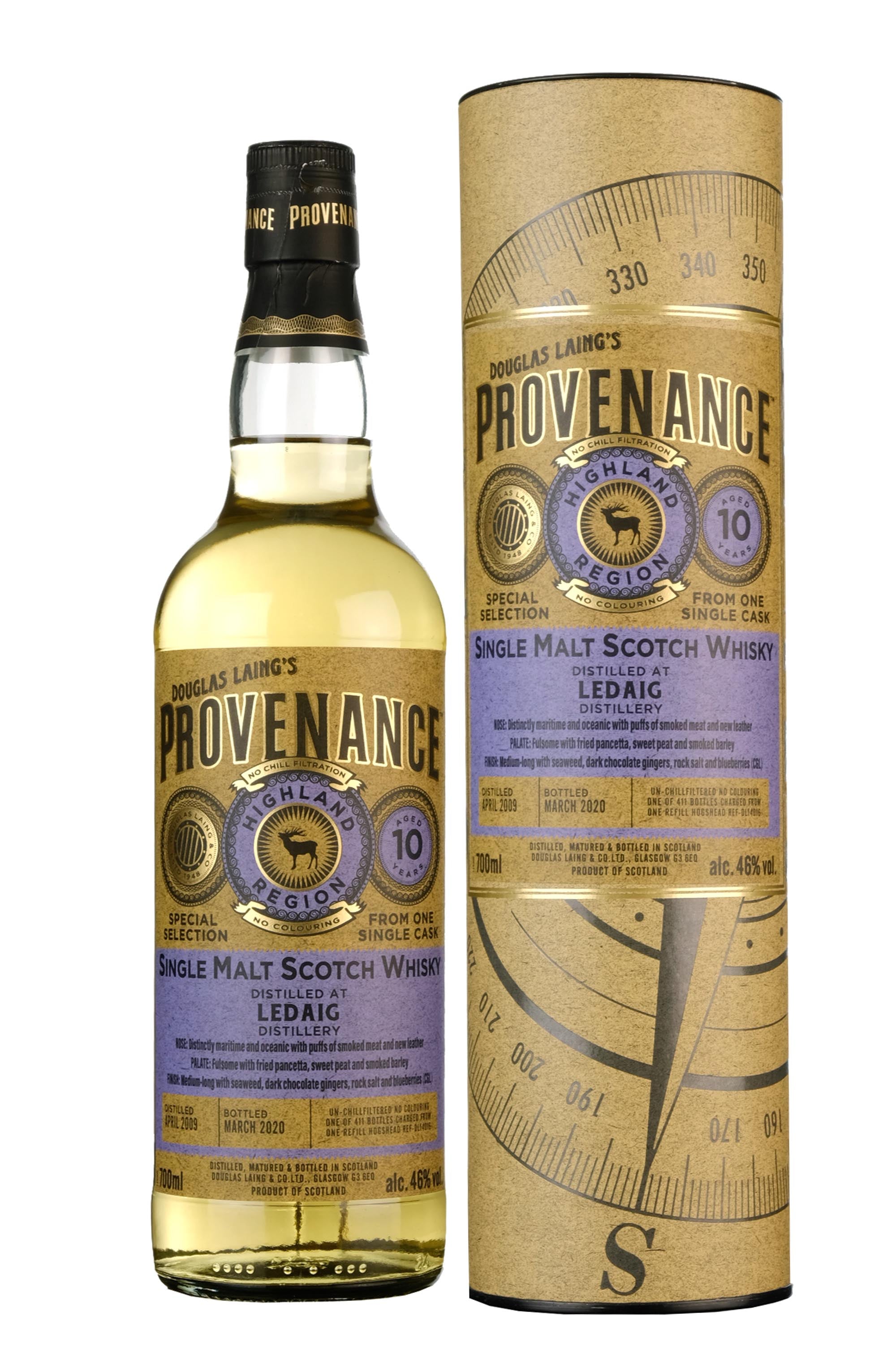really nice dram this very smooth with a decent finish thanks very much.
2 bottles of this lovely single malt were bought as gifts. Sampled a couple of drams from one bottle and it went well above expectations. The quality, integrity, natural colour, cask strength ABV and value-for-money made these bottles 'no-brainers'.
Present us with more of these quality bottles at fair prices...and we'll buy more.
I like it will be enjoying a few drams over xmas
This is a heavily sherried dram that tastes of dates and raisins with a touch of honey and vanilla. It’s pretty soft and smooth without water but a few drops seem to thicken it up slightly and add hints of caramel. Absolutely gorgeous.

